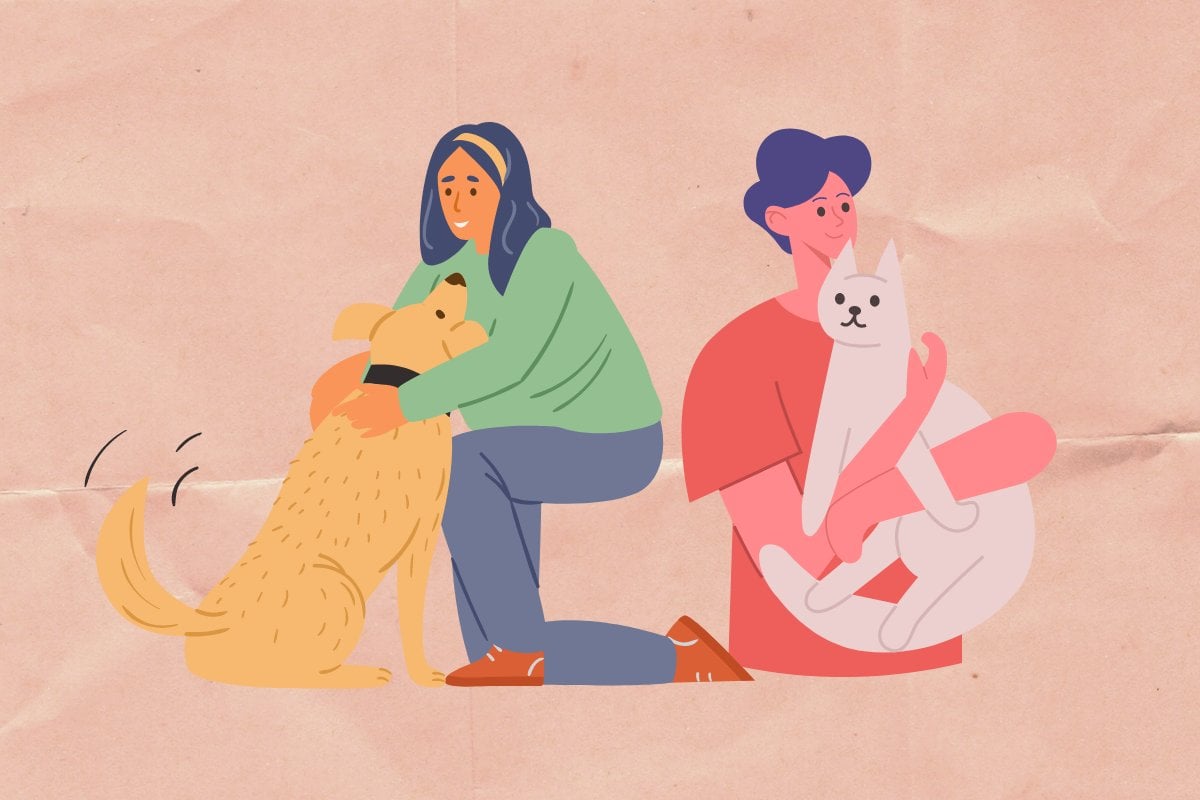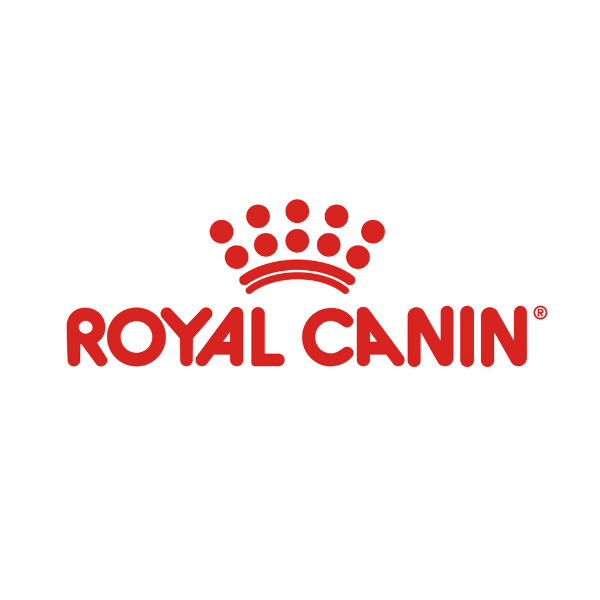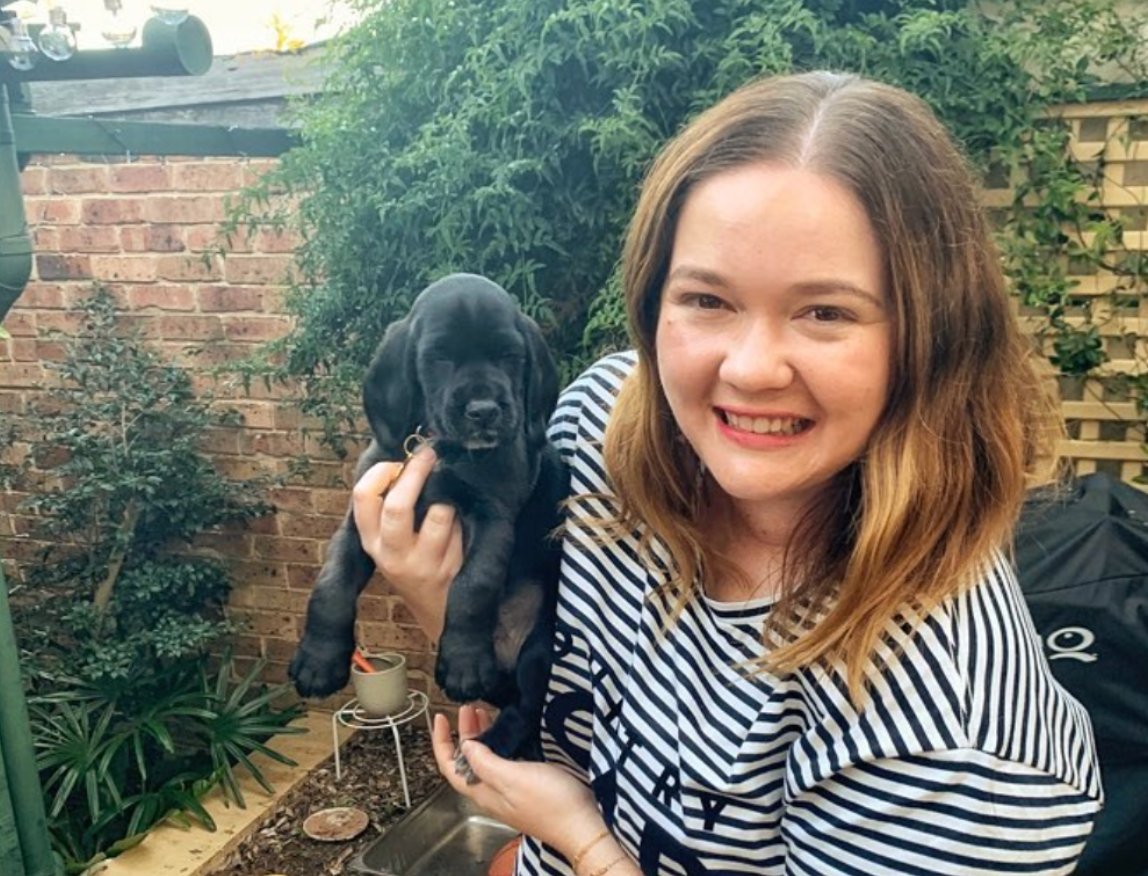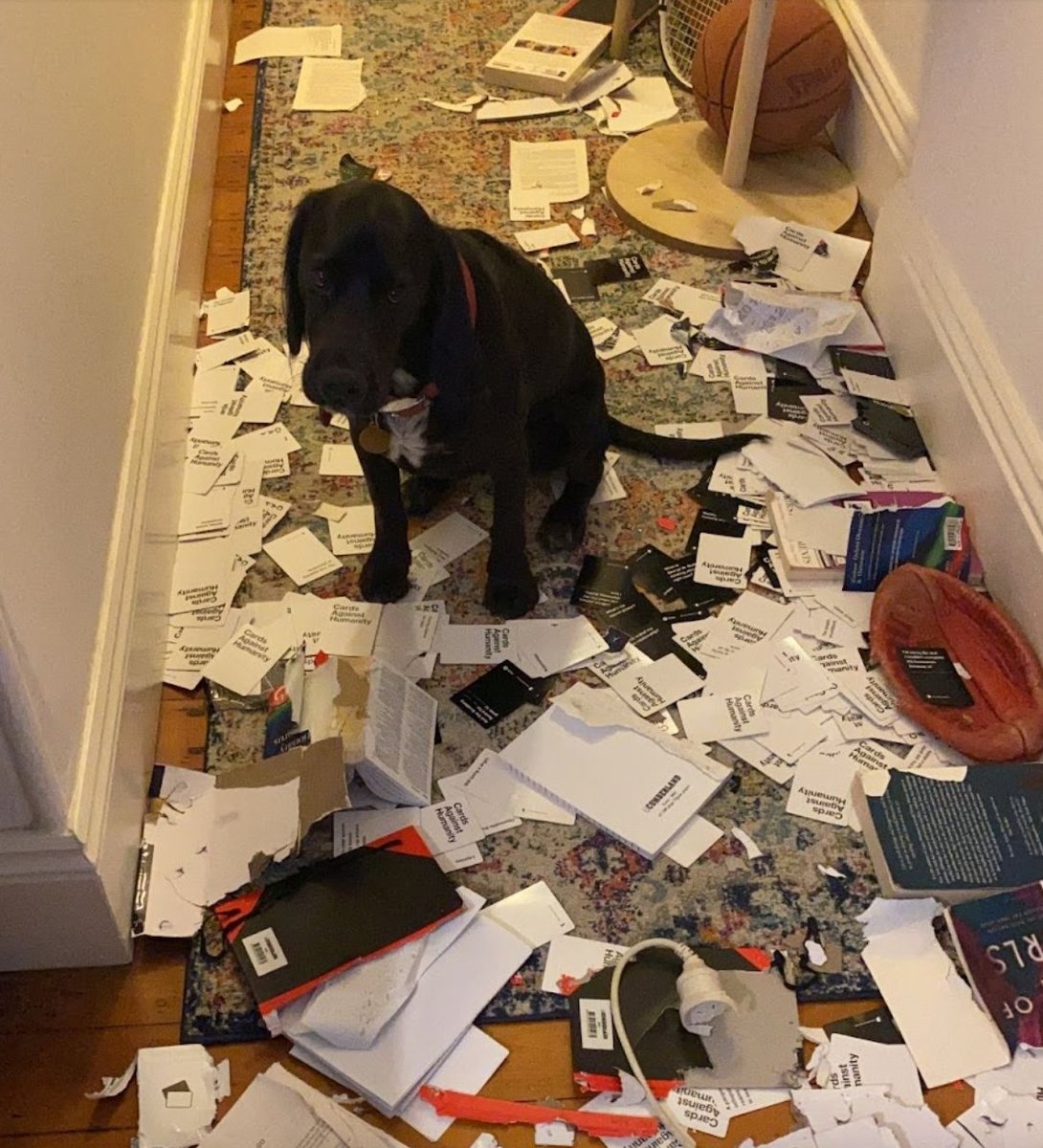

“No onions, no grapes and no chocolate… and keep an eye out for cockroach baits. Or any baits for that matter.”
I uttered that sentence around 4 times a day when we first brought our 8-week-old puppy home. I felt like a new mum preparing my home for my first child. The only problem was, I'd grown up on a farm and been around animals my whole life.
But having your first dog that’s all yours? Well, it turns you into a bit of a helicopter parent.
 Image: Supplied.
Image: Supplied.





























































































